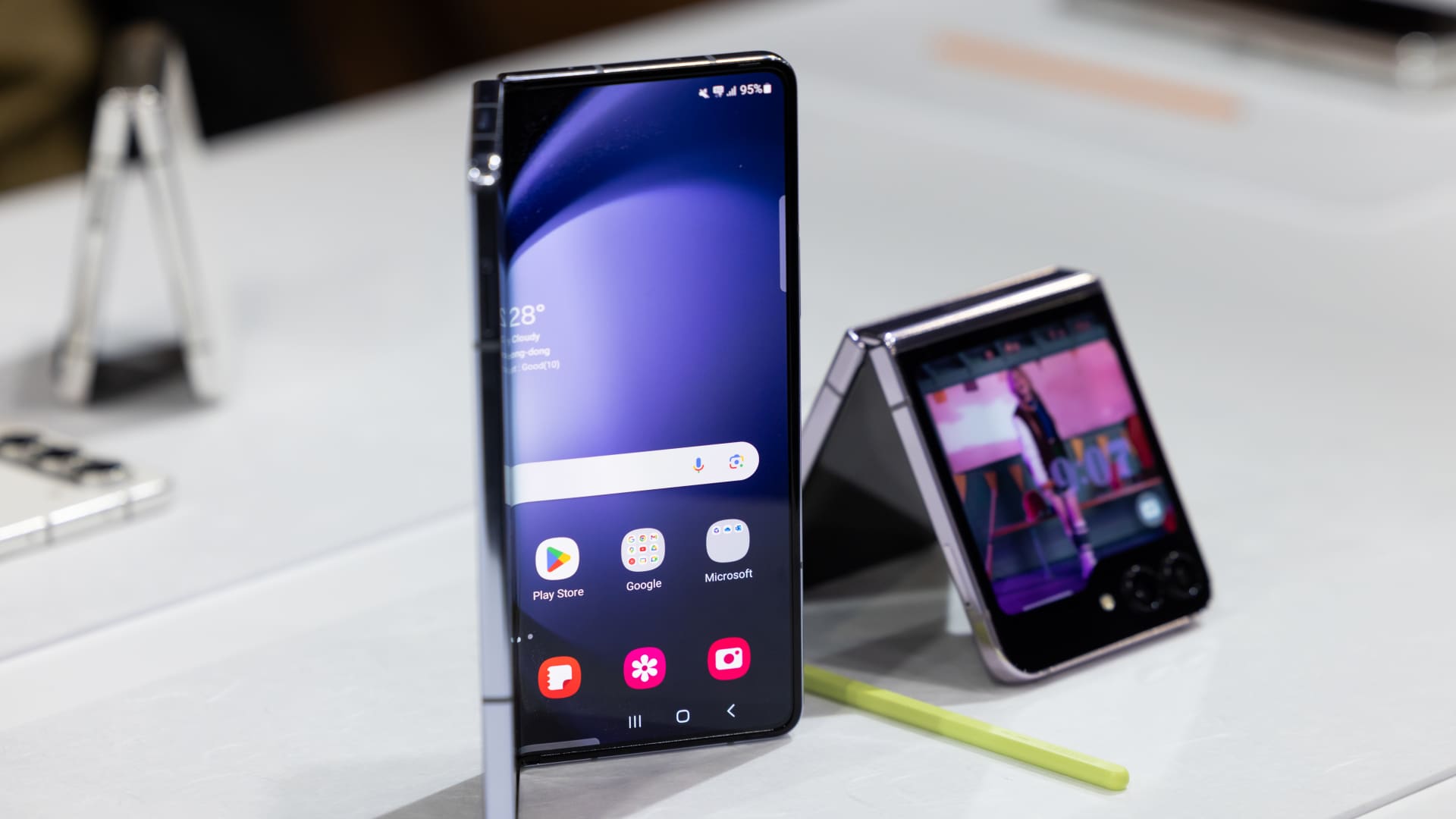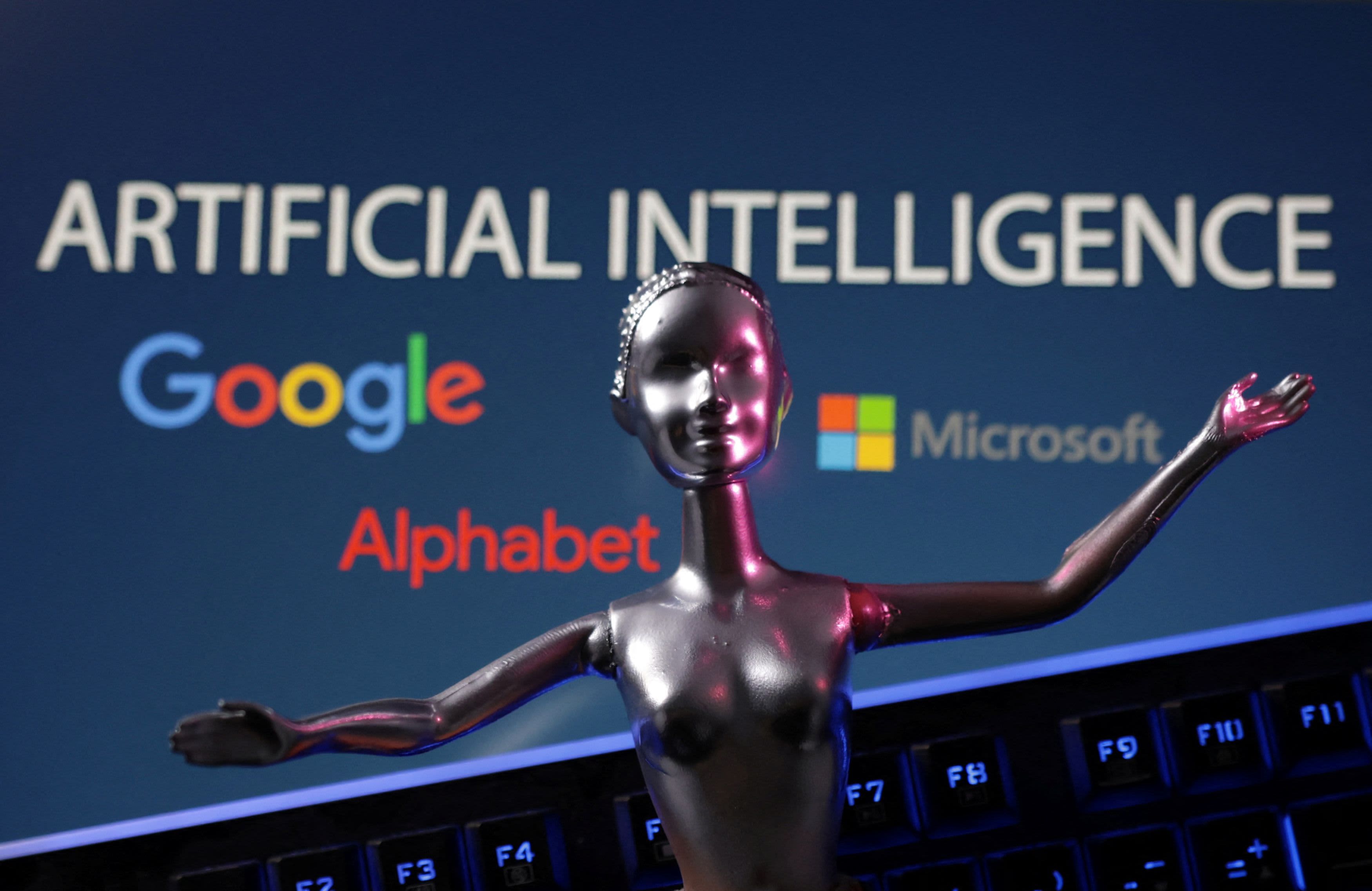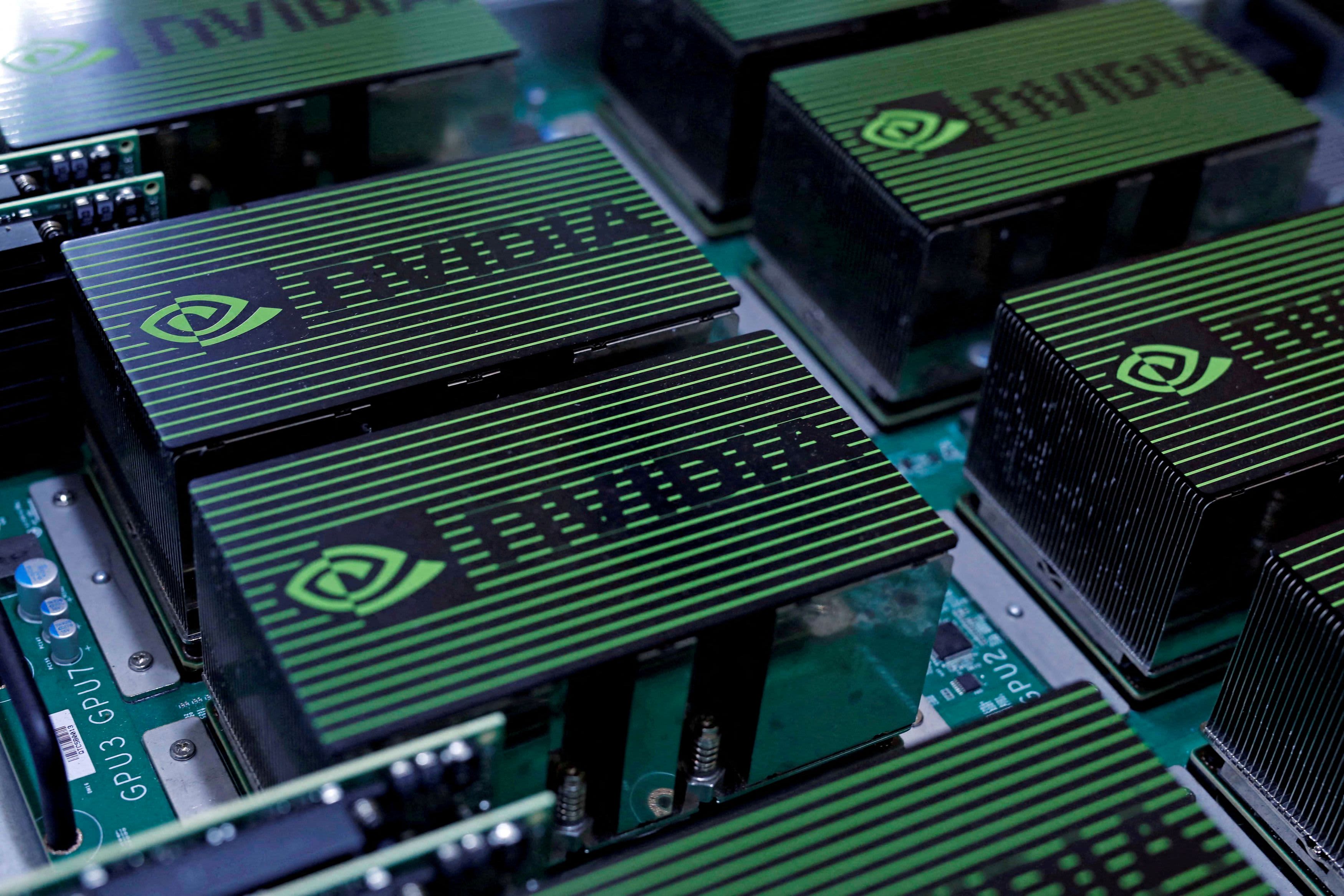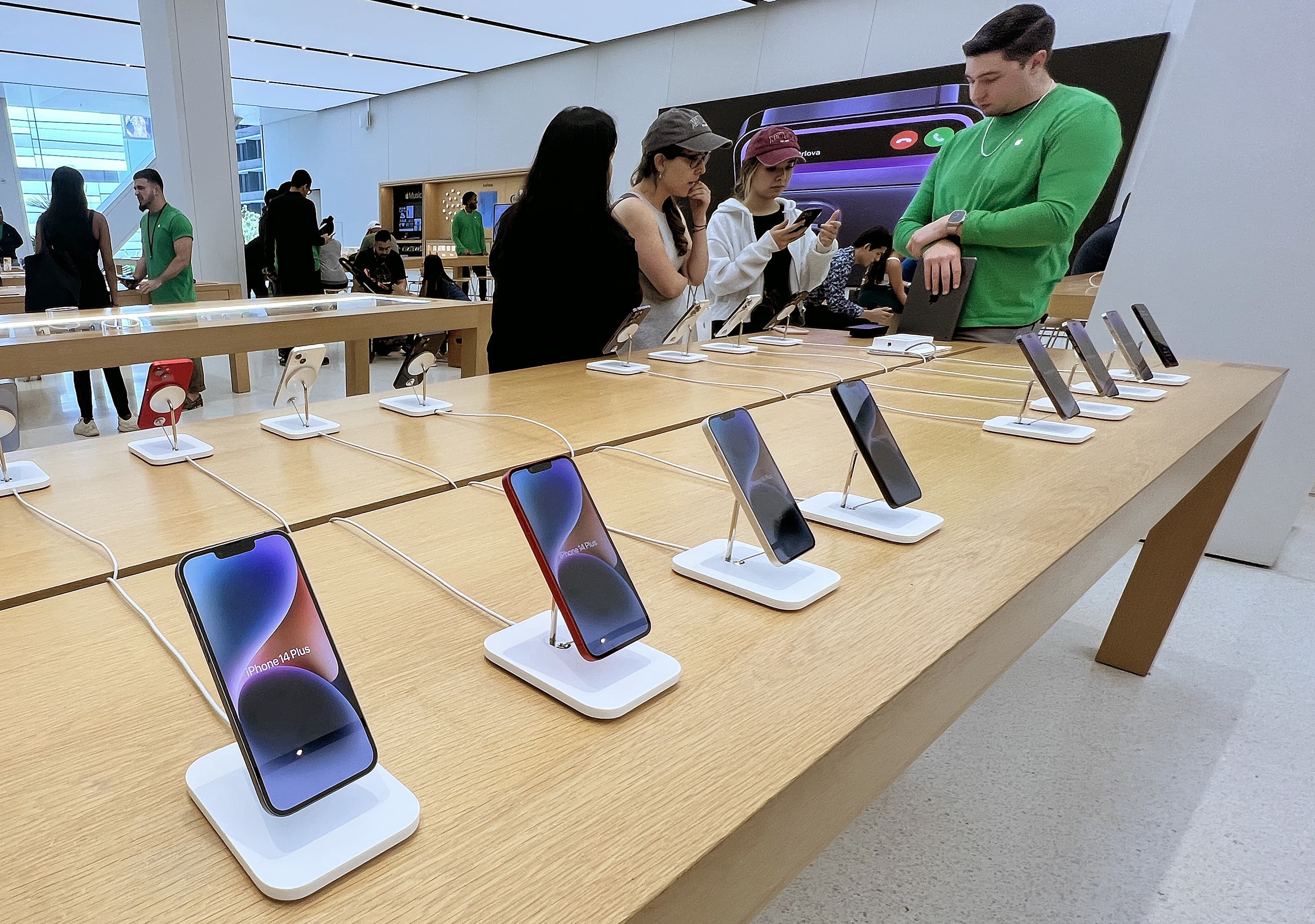Samsung Electronics posted a second-quarter profit drop Thursday as weak demand for memory chips persists.
Here are Samsung’s second-quarter results versus estimates:
- Revenue: 60.01 trillion Korean won (about $47.21 billion), vs. 60.8 trillion Korean won expected by analysts, according to Refinitiv consensus estimates.
- Operating profit: 0.67 trillion Korean won, vs. 0.6 trillion Korean won expected by the company.
related investing news
Samsung reported sales slipped 22% from a year ago, while operating profit plunged 95%. Earlier this month, Samsung estimated second-quarter revenue to be 60 trillion Korean won and operating profit to be 600 billion Korean won.
Samsung is the world’s largest maker of dynamic random-access memory chips, which are found in consumer devices such as smartphones and computers.
“Global demand is expected to gradually recover in the second half of the year which should lead to an improvement in earnings driven by the component business,” Samsung said in its earnings report.
“However, continued macroeconomic risks could prove to be a challenge in such recovery in demand,” said the South Korean firm.
Focus on higher-end products
Samsung said that robust artificial intelligence demand led to more DRAM shipments than expected in the second quarter, compared with the first quarter.
“The memory business saw results improve from the previous quarter as its focus on high bandwidth memory (HBM) and DDR5 products in anticipation of robust demand for AI applications led to higher-than-guided DRAM shipments,” said Samsung.
Both DRAM and NAND flash memory chips also saw “more limited price drops” which improved second-quarter performance, compared with the first quarter, Samsung said.
“As server customers continued inventory adjustment, overall purchase demand had not yet recovered. Due to the strong demand for generative AI, however, investment from the data center sector was concentrated on AI servers,” said Samsung.
High-performance memory chips are required to train generative AI models such as ChatGPT. Such chips enable generative AI models to remember details from past conversations and user preferences in order to generate humanlike responses.
“Looking to the second half of the year, the market is expected to gradually move toward stability considering increasing production cuts in the industry, while inventory adjustments by customers are likely to wind down,” said Samsung.
Samsung said it will focus on high-value-added products such as DDR5, LPDDR5x and HBM as it expects a recovery in demand, as well as increase investments in infrastructure, R&D and packaging technology.
Weak electronics demand
Global shipments of smartphones are expected to decline 3.2% in 2023 to 1.17 billion units, according to global market intelligence firm International Data Corporation. The firm lowered its forecast from February, driven by factors such as “a weaker economic outlook” and “ongoing inflation.”
Smartphone and PC manufacturers are grappling with excess inventories of memory chips after stockpiling to meet increased demand for consumer devices during the pandemic. Inflation has led to consumers cutting back on purchases of these goods, driving down prices for memory chips.
“Our conversations with channels, supply chain partners, and major OEMs all point to recovery being pushed further out and a weaker second half of the year,” said Nabila Popal, IDC’s research director.
“Consumer demand is recovering much slower than expected in all regions, including China.”
This is breaking news. Please check back for updates.





